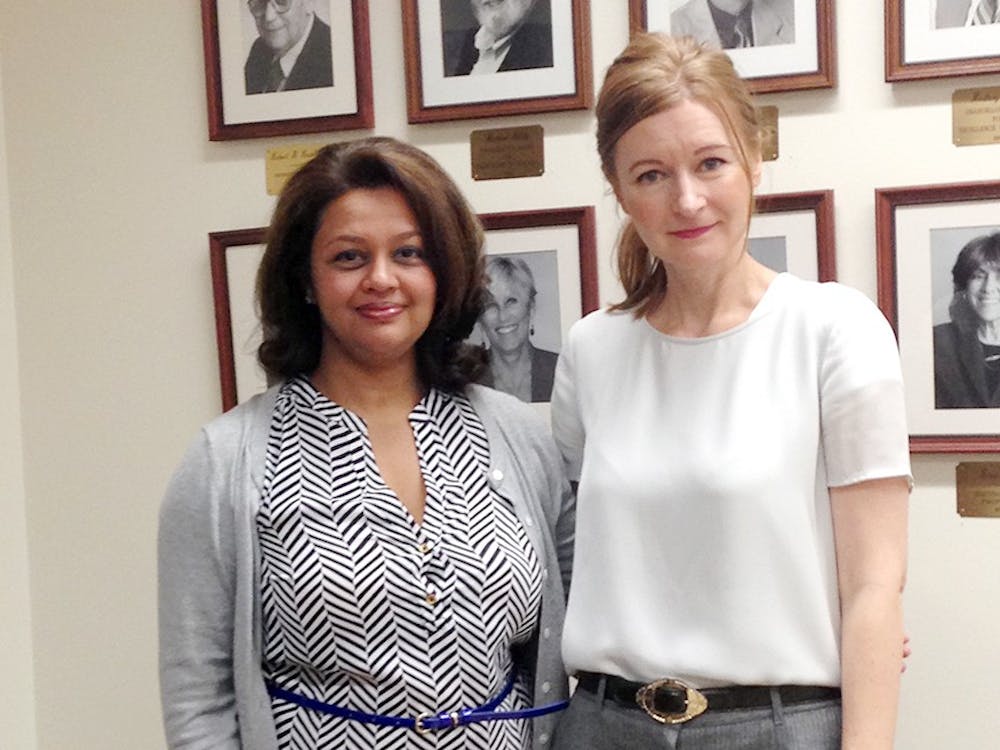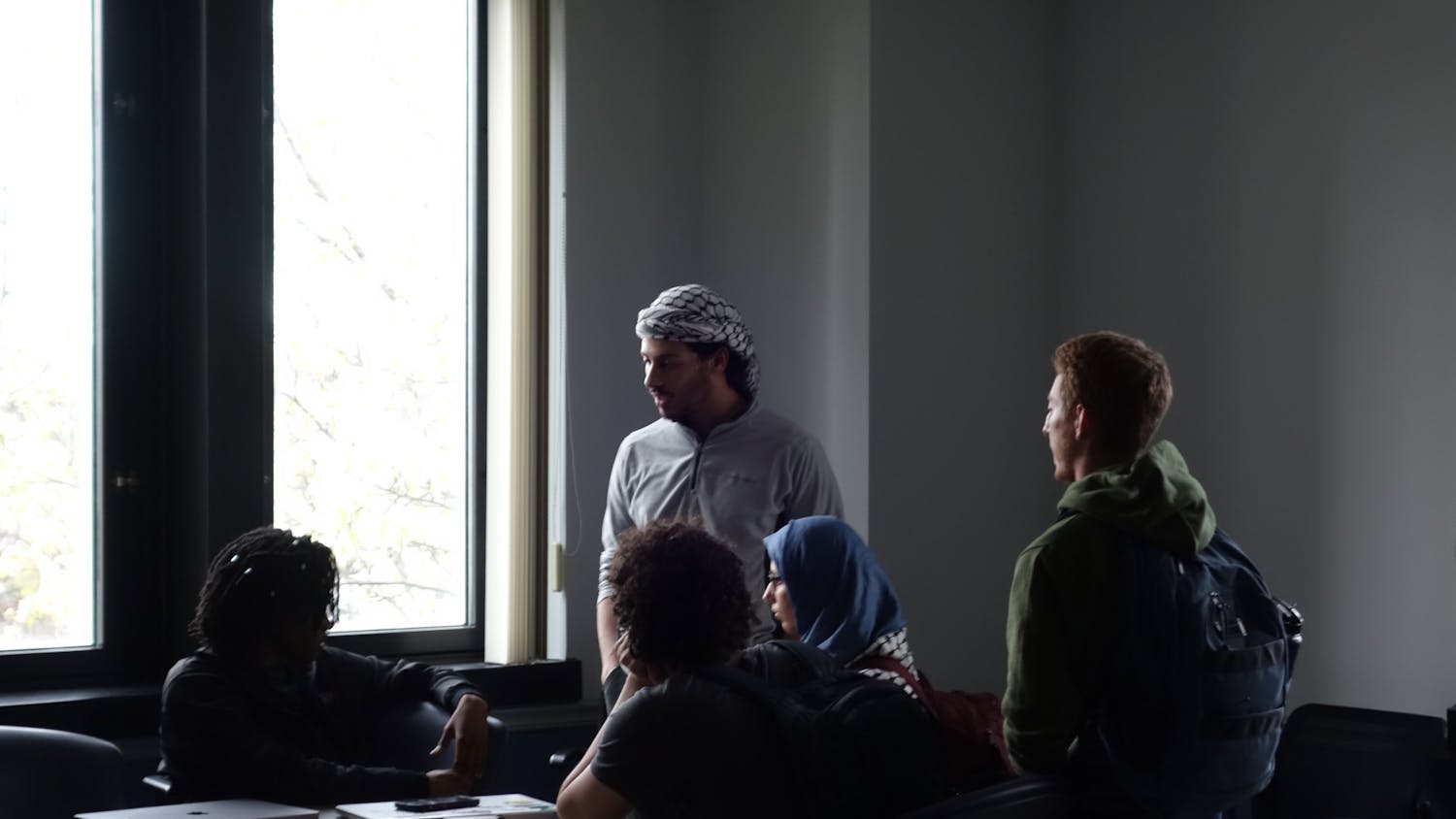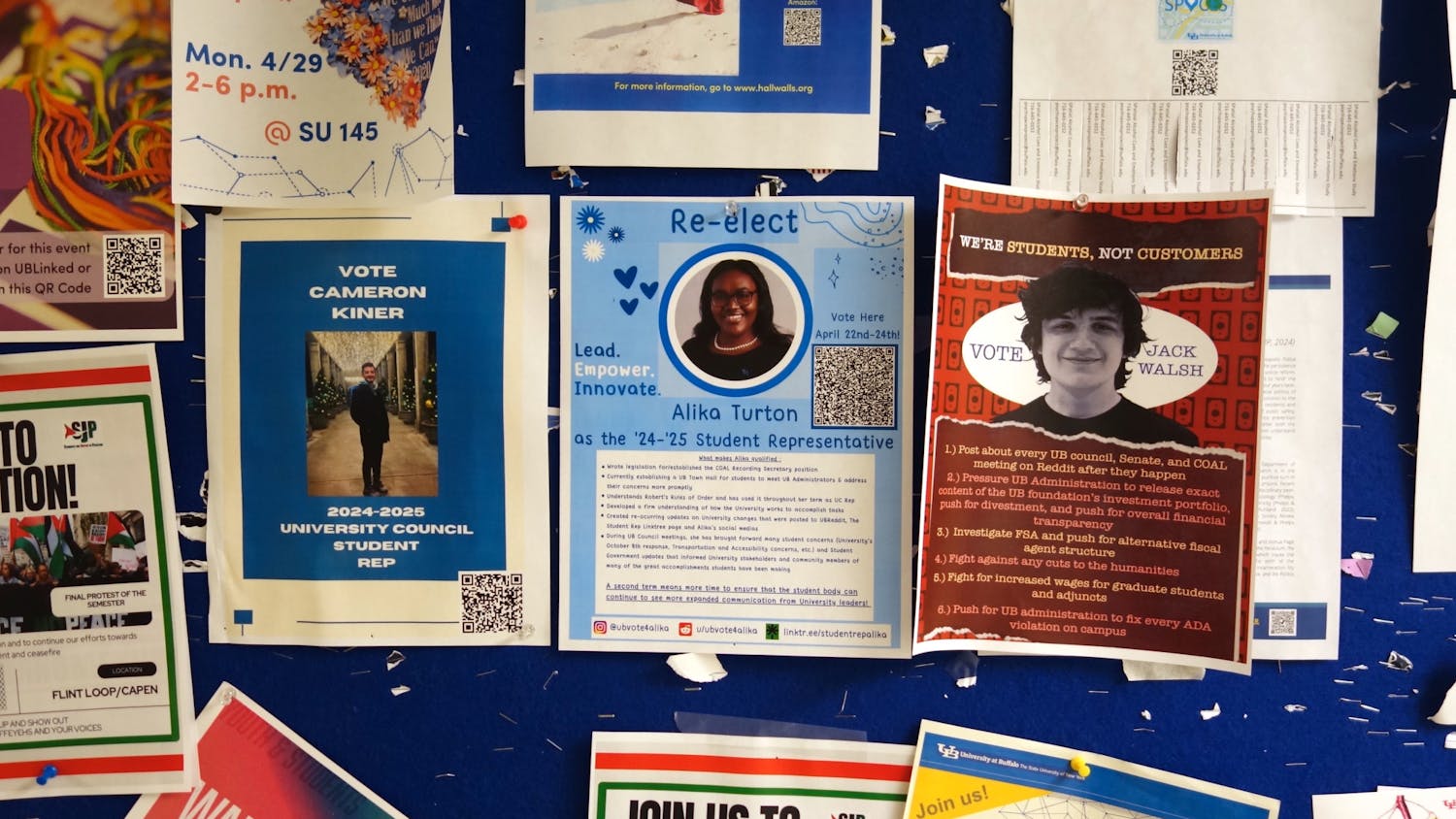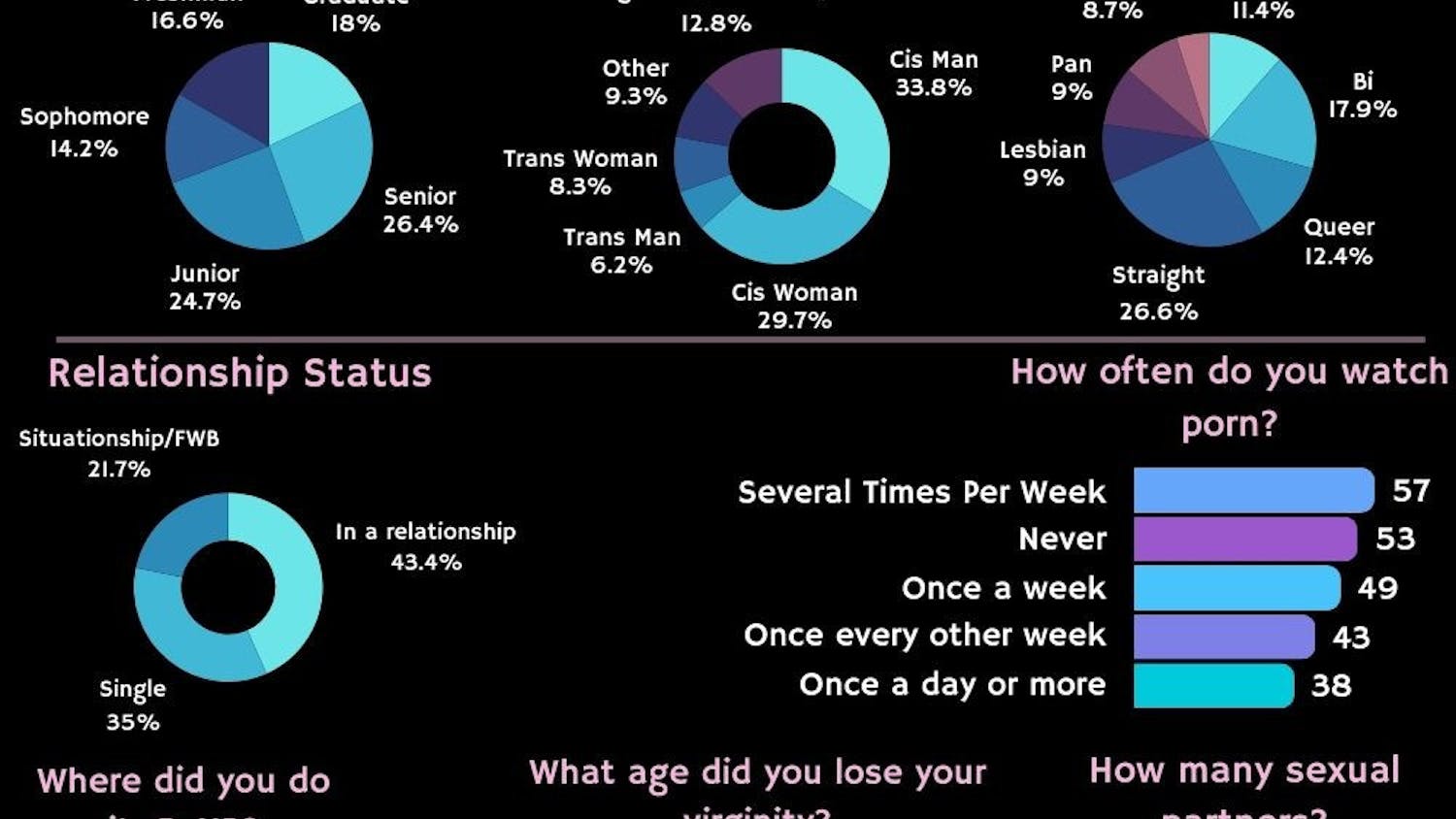UB has made another attempt toward President Satish Tripathi’s 3E vision for the university – excellence, engagement and efficiency.
The Master’s program in Economics and Education Policy Analysis (EEPA) was added after the university’s competition for new initiatives last year. EEPA has been added to the UB’s graduate school programs for both domestic and international students. EEPA was granted approval by the state and Provost Charles Zukoski last January and classes have been offered to students starting this fall.
The EEPA program was selected for the 3E Initiative, a program that funded 16 proposals that focused on the university’s advancement, according to UB Reporter.
Faculty in the Department of Economics and Graduate School of Education are “interested in advancing collaboratively a human capital agenda…by launching joint research and learning programs built on existing strengths and leveraged on existing resources.”
There are currently only three students enrolled in the program but faculty expects the number of students enrolled to increase in the coming years.
“It has been a long term goal to put this program together between the Department of Economics and ELP (Educational Leadership and Policy),” said Janina Brutt-Griffler, a chair professor in ELP.
The ELP department offers graduate programs and curriculum for undergraduate students who seek to complete a minor in education, according to the ELP website.
EEPA is a partnership between the Department of Economics and the Department of ELP, which is a “unique program” in New York State and across the country because there are very few programs to model it after, Brutt-Griffler said.
“We won the competition and we are very pleased and enabled to put this dream to practice,” Brutt-Griffler said.
EEPA is a 33-credit program, which consists of eleven courses taken over the course of three semesters. The program includes an ELP internship in the last semester in which students in the EEPA program are placed in schools and universities.
Namita Thomas, staff assistant in ELP, said the internship “is a very important part of experiential learning.”
The program offers courses such as Microeconomic Theory, Econometrics, Education Finance and Economics of Education.
The program is rolling admissions and accepts students into the program at the beginning of the fall and spring semesters. However, it is a non-metric program and allows students to be in select courses without committing full-time.
The program also combines distinguished faculty from the Department of Economics and ELP, which Brutt-Griffler suggests “can lead to an exciting hybridization of fields.”
Brutt-Griffler said the goal of the program is “to promote economic and human capital development and to help our future students, both international and domestic, to get a good balance of knowledge in terms of the theory of economics as well as methodology and education policy.”
Thomas said this program is prevalent because the field of education generates a lot of data that is tied to “policy decision making.”
Thomas said people need to be trained on how to “handle, interpret and present” large amounts of data in different within school districts, government agencies and within higher education.
Furthermore, this program encourages interdisciplinary thinking and gives students competencies in data analysis, according to both Thomas and Brutt-Griffler.
Thomas and Brutt-Griffler also suggest EEPA will help students once they enter into the workforce.
For instance, they said the program prepares graduate students for a wide range of jobs including but not limited to: jobs in institutional data analysis offices, non-profit organizations, international ministries of education, higher educational institutions abroad, school districts and government agencies.
Students in any discipline who hold a bachelor’s degree can apply to the program. Prior study in education, economics and statistics is desired but not required.
It is ultimately geared toward anyone “aspiring to work in an educational leadership or research setting including research on educational policy,” according to the Graduate School of Education website.
Admission requirements include a minimum cumulative grade point average of 3.0, three letters of recommendation, official transcripts of all higher education institutions attended, and for international applicants, a minimum score of a 79 on TOEFL iBT, a test that measures a student’s ability to speak and understand English.
There will be an information panel held at the UB’s Graduate School of Education open house on Nov. 5 in the Student Union.
Hannah Stein is a contributing writer and can be reached at news@ubspectrum.com





